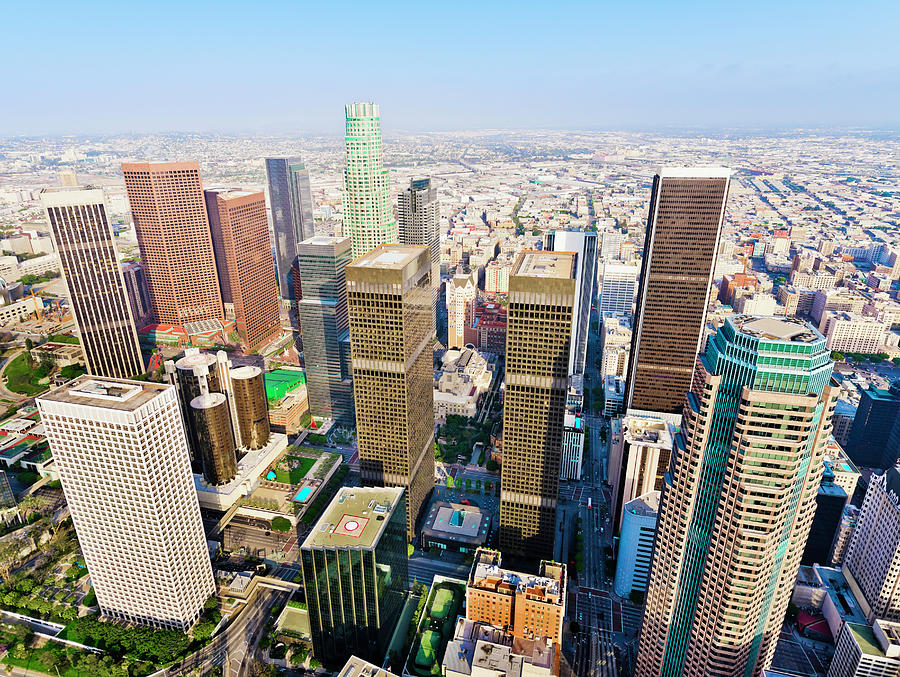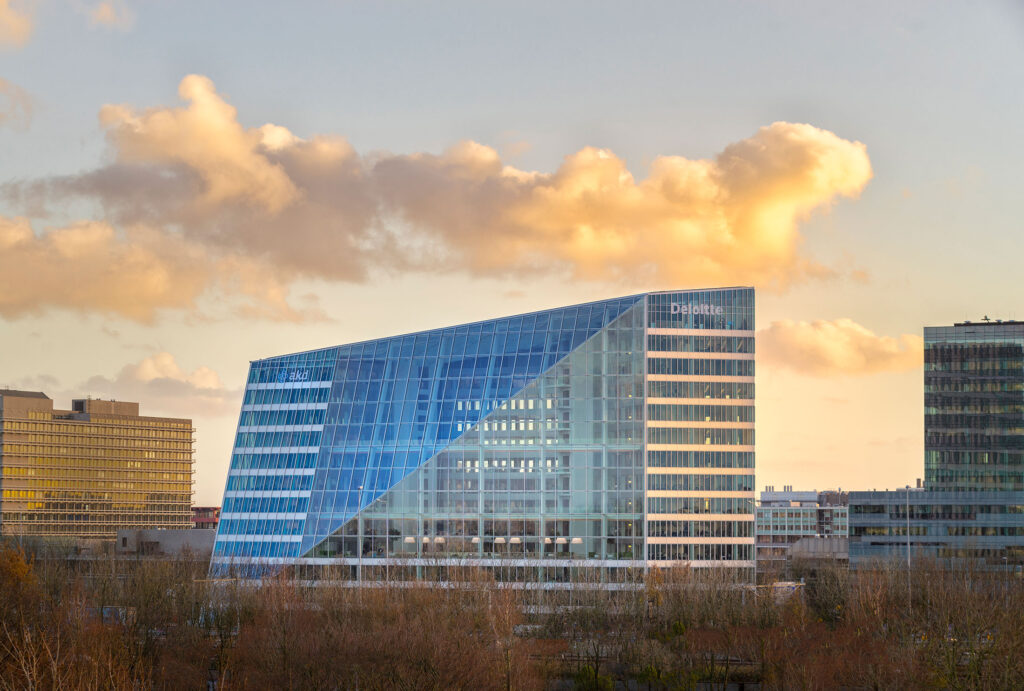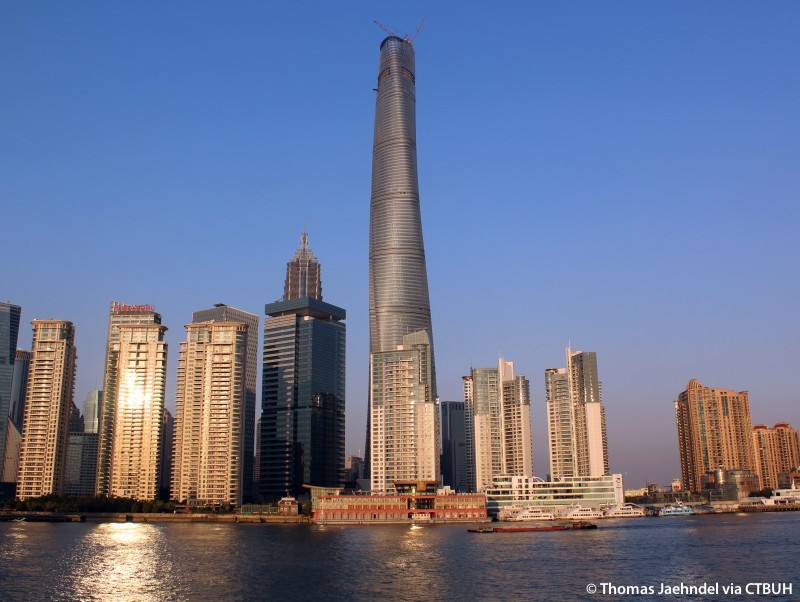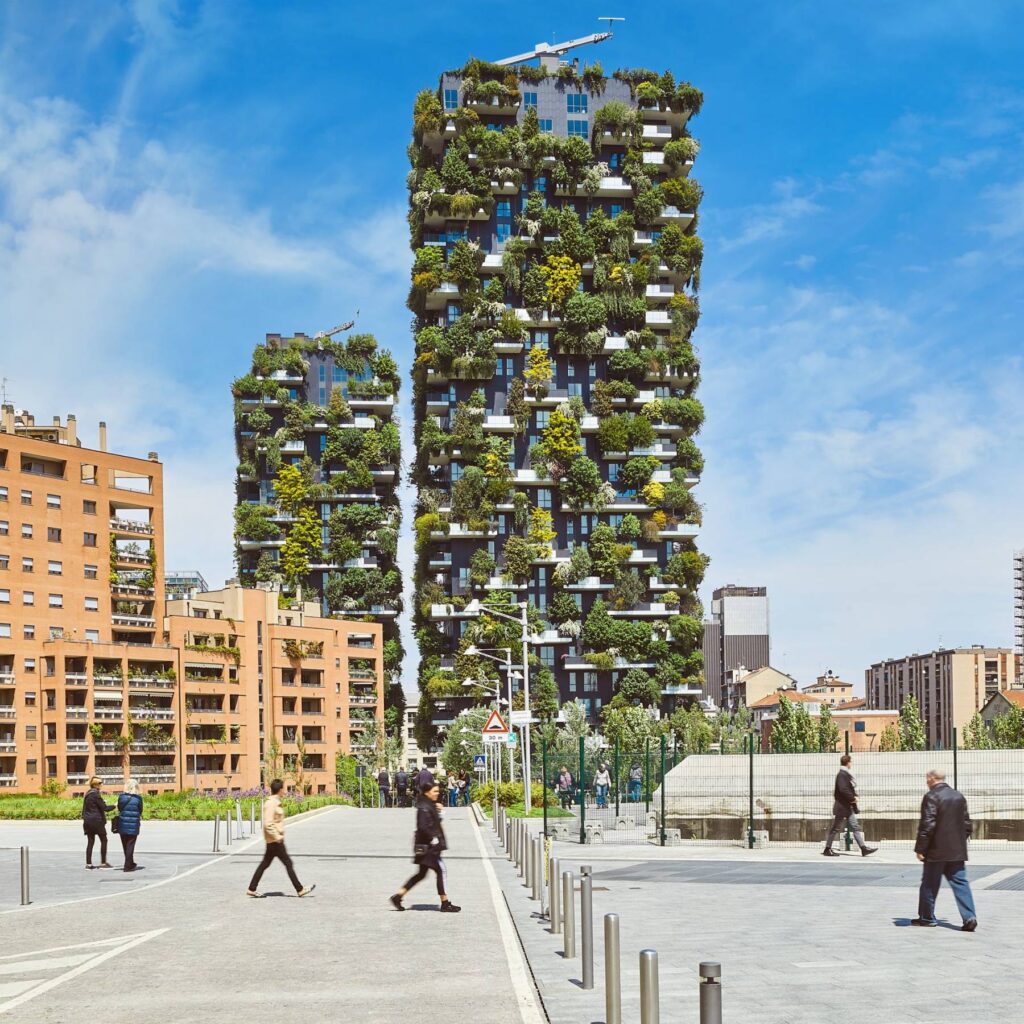Table of Contents
The skyline of our cities is continuously evolving, with high-rise buildings playing a significant role in shaping urban environments. As we look towards the future, the design of these towering structures is being influenced by technological advancements, sustainability concerns, and innovative architectural practices. This blog delves into the exciting innovations and challenges that will define the future of high-rise building design.

Innovations in High-Rise Building Design
1. Sustainable Building Design
Sustainability is at the forefront of modern architecture. As the world grapples with climate change, architects and builders are prioritizing eco-friendly designs. High-rise buildings are increasingly being constructed with sustainable materials and energy-efficient systems.
- Green Roofs and Walls: Incorporating vegetation on roofs and walls helps in reducing the urban heat island effect and improving air quality. These green spaces can also provide recreational areas for residents.
- Energy-efficient Systems: Modern skyscrapers are being equipped with advanced HVAC systems, solar panels, and energy-efficient windows that reduce energy consumption.
- Water Conservation: Rainwater harvesting systems and greywater recycling are becoming standard features, helping in the conservation of water.
2. Smart Buildings
The integration of technology into building design is creating smarter, more efficient high-rises. Smart buildings utilize interconnected devices and systems to optimize performance and enhance the quality of life for occupants.
- IoT Integration: The Internet of Things (IoT) allows for the seamless integration of various building systems. This can include lighting, heating, and security systems that can be controlled remotely or operate autonomously based on real-time data.
- Building Management Systems (BMS): Advanced BMS can monitor and control the building’s mechanical and electrical equipment, ensuring optimal performance and energy efficiency.
- Artificial Intelligence (AI): AI can be used to predict maintenance needs, optimize energy usage, and even enhance security through advanced surveillance systems.
3. Innovative Construction Techniques
New construction methods are revolutionizing how high-rise buildings are designed and built.
- Prefabrication and Modular Construction: These methods involve manufacturing building components off-site and assembling them on-site. This approach can significantly reduce construction time and costs.
- 3D Printing: The use of 3D printing in construction is still in its infancy but holds immense potential. It allows for the creation of complex structures with precision and can reduce waste.
- Advanced Materials: Innovations in materials science are leading to the development of stronger, lighter, and more sustainable materials. Examples include carbon fiber-reinforced polymers and self-healing concrete.
4. Mixed-use Developments
The concept of mixed-use developments is gaining traction. These buildings combine residential, commercial, and recreational spaces within a single structure, promoting a live-work-play environment.
- Vertical Cities: High-rise buildings are being designed as vertical cities, with amenities such as gyms, parks, shopping centers, and schools integrated into the structure.
- Community Spaces: Creating communal areas within buildings encourages social interaction and fosters a sense of community among residents.
Challenges in High-Rise Building Design
While innovations are paving the way for the future, several challenges need to be addressed to ensure the successful implementation of new high-rise building designs.
1. Sustainability and Environmental Impact
Achieving true sustainability in high-rise buildings is a complex task. While sustainable technologies are advancing, their implementation can be costly and challenging.
- Cost: The initial investment for sustainable technologies can be high. While long-term savings are significant, the upfront costs can be a barrier.
- Material Sourcing: Finding sustainable materials that meet the structural requirements of high-rise buildings can be difficult.
- Energy Consumption: High-rise buildings typically consume a large amount of energy. Balancing energy efficiency with the demands of modern urban life is a continuous challenge.
2. Technological Integration
Integrating advanced technologies into high-rise buildings poses several challenges.
- Cybersecurity: As buildings become smarter and more connected, they also become more vulnerable to cyber-attacks. Ensuring robust cybersecurity measures is essential.
- Interoperability: Different systems and devices need to work seamlessly together. Achieving interoperability can be complex and requires careful planning and implementation.
- Maintenance and Upgrades: Keeping up with rapid technological advancements requires regular maintenance and upgrades, which can be costly and disruptive.
3. Urban Density and Infrastructure
High-rise buildings are often seen as a solution to urban density, but they also bring their own set of challenges.
- Infrastructure Strain: Concentrating a large number of people in a small area can put a strain on urban infrastructure, including transportation, utilities, and public services.
- Social Implications: High-rise living can impact social dynamics. Ensuring that these buildings foster a sense of community and do not contribute to social isolation is important.
- Planning and Zoning: Urban planners and policymakers need to develop strategies that accommodate the growth of high-rise buildings while maintaining a balance with other types of housing and land use.
4. Safety and Resilience
Ensuring the safety and resilience of high-rise buildings is paramount, especially in the face of natural disasters and other emergencies.
- Structural Integrity: High-rise buildings need to withstand extreme weather conditions, earthquakes, and other potential threats. Innovations in materials and construction methods are essential to enhance structural integrity.
- Fire Safety: Fire safety is a critical concern in high-rise buildings. Advanced fire detection and suppression systems, along with safe evacuation procedures, are necessary.
- Emergency Preparedness: Building designs need to incorporate features that facilitate emergency response and evacuation, such as multiple exit routes and accessible communication systems.
Case Studies: Future High-Rise Buildings
1. The Edge, Amsterdam
The Edge is a prime example of a smart and sustainable high-rise building. Located in Amsterdam, this building is known for its energy efficiency and advanced technological integration.
- Energy Efficiency: The Edge uses solar panels, a state-of-the-art ventilation system, and energy-efficient lighting to minimize energy consumption.
- Smart Technology: The building features IoT-enabled systems that allow for personalized control of lighting, heating, and workspace preferences through a smartphone app.

2. Shanghai Tower, China
Shanghai Tower is an iconic high-rise that showcases the potential of innovative construction techniques and sustainable design.
- Sustainable Features: The tower incorporates a double-skin facade that enhances thermal insulation and reduces energy consumption. It also uses wind turbines to generate renewable energy.
- Mixed-use Design: Shanghai Tower includes office spaces, retail outlets, hotels, and cultural facilities, promoting a live-work-play environment.

3. Bosco Verticale, Milan
Bosco Verticale, or Vertical Forest, in Milan is a unique example of integrating greenery into high-rise buildings.
- Green Architecture: The towers feature over 20,000 trees and plants, which help in reducing air pollution and enhancing biodiversity.
- Energy Efficiency: The vegetation also contributes to thermal regulation, reducing the need for heating and cooling systems.

Conclusion
The future of high-rise building design is filled with exciting possibilities and significant challenges. Innovations in sustainable practices, smart technologies, and construction techniques are transforming how these structures are designed and built. However, addressing the environmental impact, ensuring technological integration, managing urban density, and guaranteeing safety and resilience are critical to the successful implementation of these innovations.
As we move forward, collaboration between architects, engineers, urban planners, and policymakers will be essential to create high-rise buildings that are not only impressive feats of engineering but also sustainable, smart, and socially inclusive spaces that enhance the quality of urban life. The future of our cities depends on the successful evolution of high-rise building design, and the journey has just begun.
